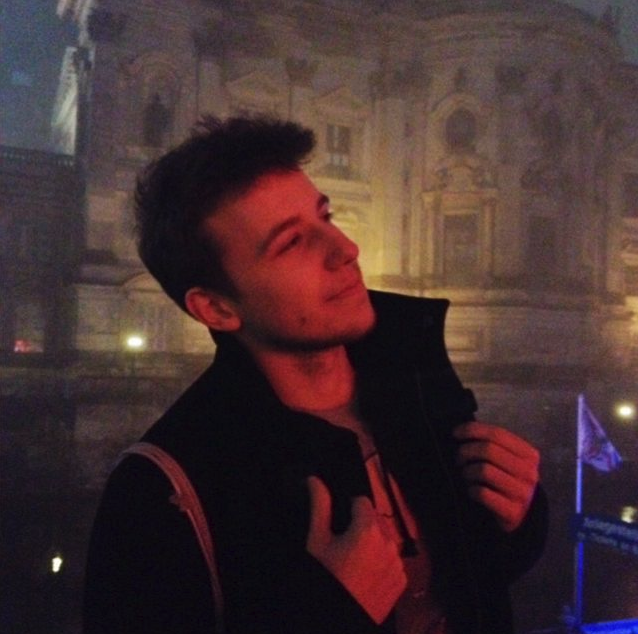Various software solutions exist on the market that aim to provide an assessment of the user for certain jobs. An example would be
https://www.arbeitsagentur.de/bildung/ausbildung/welche-berufe-passen. These solutions have as a subject the analysis of people (personal anlytics) in order to predict economic, orientation-bound decisions or to give advice. Unfortunately, these solutions are usually not very well elaborated in that they use a flawed system as a basis. Most of these systems use questionnaires that statically go through a certain
decision tree depending on the user’s choice. In the example of the employment agency, if a selection is made beforehand, several professions are categorically excluded that could presumably reflect the user’s profile picture. For example, if one indicates that one likes to work outdoors, one is categorized as a gardener and the other professions are excluded. We wanted to optimize this behavior with our system.
We aimed to create an AI that could respond
transparently,
comprehensibly, and
dynamically to user responses. It should provide informed results to the user without being subject to the accusation of
algorithm racism (exlcuding part of the population without giving a reasonably answer other than that the algorithm decided so) , which is partly true with machine learning models. We want to clearly explain to the user how the results on job recommendations came about and in which areas they have achieved which score. Furthermore, answers should not only be of high value to a specific profession, but also have more or less influence on other professions.
We also aim to make everything visually appealing to meet the requirements of
gamification. For this, 3D models are created and an appealing UI/UX design is assumed, which should take the user by the hand.
 Website
Website





